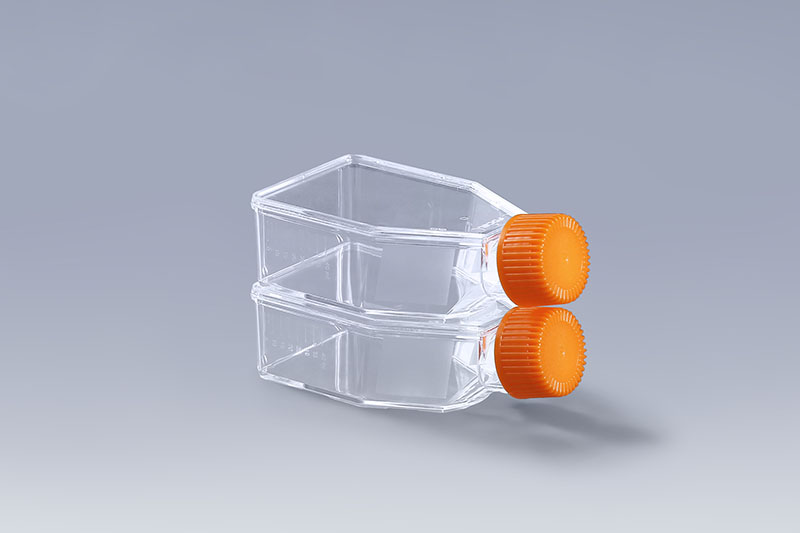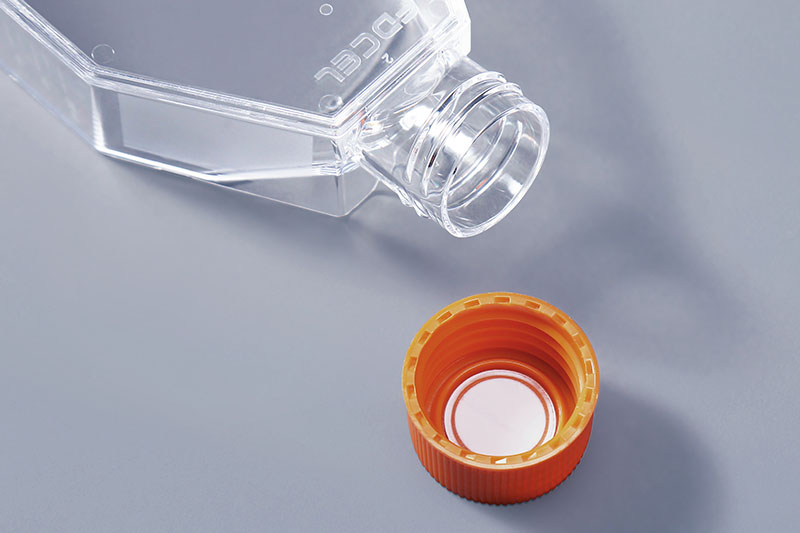Principle of cell adhesion in cell culture flasks
Cell culture flasks are mostly used in the culture of adherent cells, which must adhere to the surface of a support in order to grow. So what is the mutual attraction between adherent cells and the surface of the support, and what is the principle of adherence?
FuDau T25 Cell Culture Flasks
Cell attachment refers to the process by which anchorage-dependent cells attach and spread on a culture surface. Whether the cells can attach to the culture surface depends on the characteristics of the cells themselves, the contact probability between the cells and the culture surface, and the compatibility between the cells and the culture surface, which is related to the chemical and physical properties of the surface. nature related. The rate of cell attachment is also related to the chemical and physical properties of the culture surface, especially the charge density on the culture surface. Cryolysin and fibronectin in serum can bridge the culture surface and cells, which is beneficial to accelerate the rate of cell attachment. In addition to the above factors, the spreading of cells on the culture surface is also related to the surface condition, especially the smoothness.
FuDau T75 Cell Culture Flasks
Most mammalian cells grow in vivo and in vitro by attaching to certain substrates, which can be other cells, collagen, plastics, etc. in vitro. Cells first secrete extracellular matrix, which adhere to the surface of cell culture flasks. Cells then bind to these extracellular matrices through adhesion factors expressed on their surface.
In addition, in order to better promote cell adhesion, the growth surface of the cell culture flask will be specially treated to introduce hydrophilic groups to facilitate the growth of adherent cells.


评论
发表评论